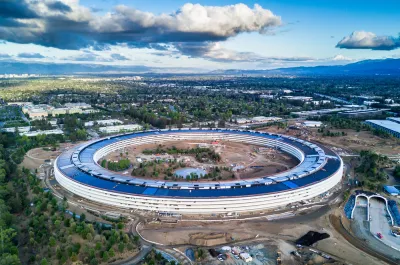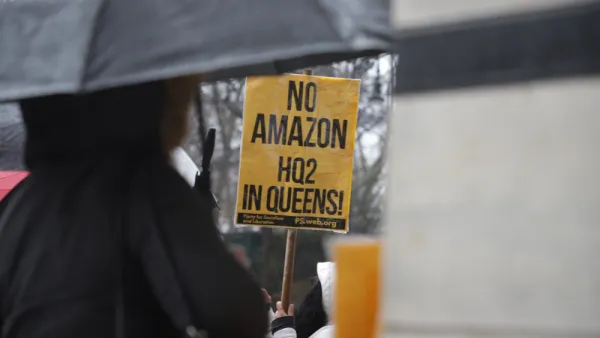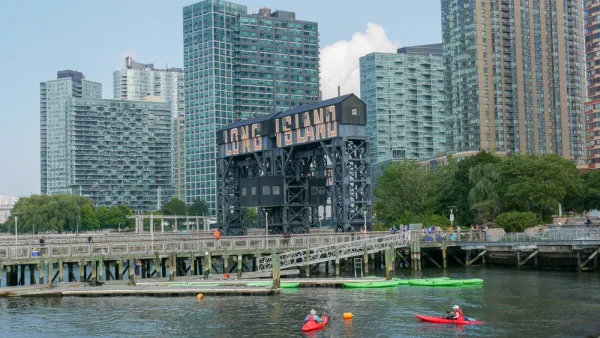It's possible Amazon could select a suburban campus for its second headquarters. Here's why that possibility could be a benefit to suburban environments everywhere.

Amanda Kolson Hurley provides an in-depth analysis of the possibilities before Amazon as it ponders its list of 20 finalists in the process of selecting the location of a massive second headquarters.
After helpfully distilling the parameters laid out in the request for proposals that launched the whole process, Kolson Hurley, notes that the spectrum of possible environments ranging pretty widely between suburban and urban. "In other words, the company doesn’t seem to have a fixed idea about where and how it will create HQ2. It could convert old warehouses in a city neighborhood, or it could build a new Amazonia from scratch on the urban fringe."
Some have stated publically that if Amazon chose an urban environment, it would be a blow to the ongoing back-to-the-city movement, both for residents and corporations—that movement is underway despite the ongoing persistence and growth of a very suburban model made famous by the Silicon Valley.
Two key passages summarize Kolson Hurley's argument:
It’s true that a Silicon Valley-style campus would be a regrettable outcome, and an urban HQ2 could bring many benefits to its host city. But we shouldn’t assume that a suburban site would be a disaster in urban terms, because there is a third path that Amazon could take. Not only would this path not be anti-urban, it might advance urbanist principles better than revitalizing yet another close-in district in a booming city.
And:
Amazon could turn a vast swath of suburbia into a walkable, transit-connected, mixed-use, and architecturally interesting satellite city. Such a project would prove transformational for whatever region it’s in. But it would also become a template—and an impetus—for many more such projects around the country.
As stated above, however, this is in-depth writing, so there is a lot more evidence and well crafted argument in the source article.
FULL STORY: The Case for Putting Amazon's HQ2 in the Suburbs

Analysis: Cybertruck Fatality Rate Far Exceeds That of Ford Pinto
The Tesla Cybertruck was recalled seven times last year.

National Parks Layoffs Will Cause Communities to Lose Billions
Thousands of essential park workers were laid off this week, just before the busy spring break season.

Retro-silient?: America’s First “Eco-burb,” The Woodlands Turns 50
A master-planned community north of Houston offers lessons on green infrastructure and resilient design, but falls short of its founder’s lofty affordability and walkability goals.

Test News Post 1
This is a summary

Analysis: Cybertruck Fatality Rate Far Exceeds That of Ford Pinto
The Tesla Cybertruck was recalled seven times last year.

Test News Headline 46
Test for the image on the front page.
Urban Design for Planners 1: Software Tools
This six-course series explores essential urban design concepts using open source software and equips planners with the tools they need to participate fully in the urban design process.
Planning for Universal Design
Learn the tools for implementing Universal Design in planning regulations.
EMC Planning Group, Inc.
Planetizen
Planetizen
Mpact (formerly Rail~Volution)
Great Falls Development Authority, Inc.
HUDs Office of Policy Development and Research
NYU Wagner Graduate School of Public Service




























